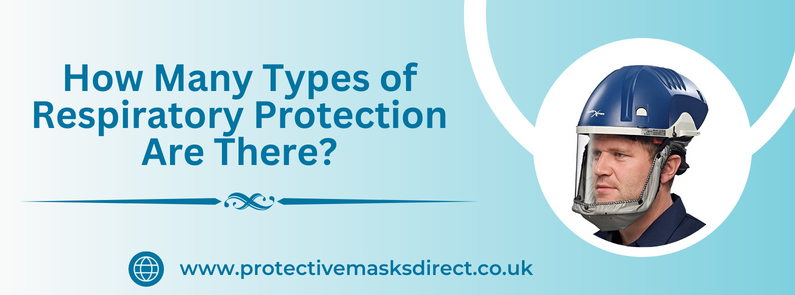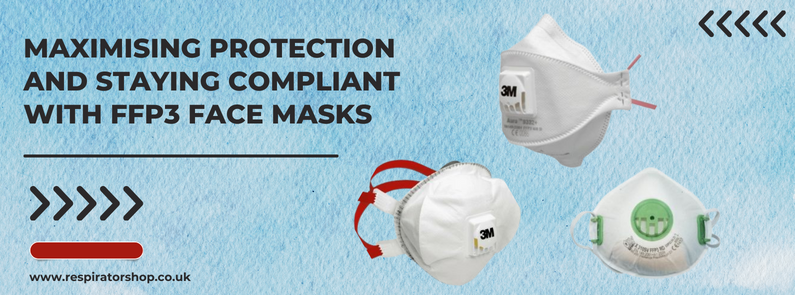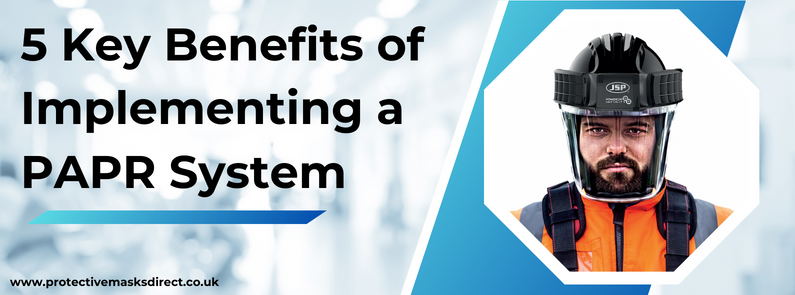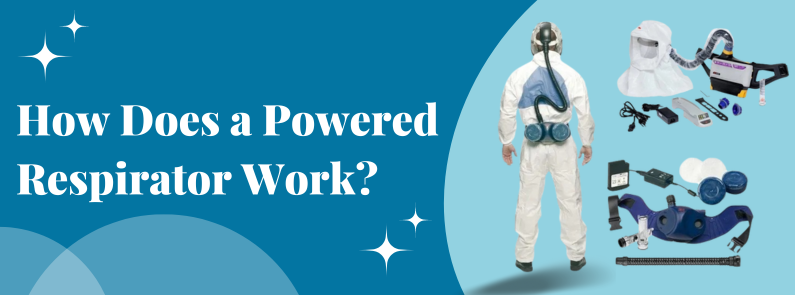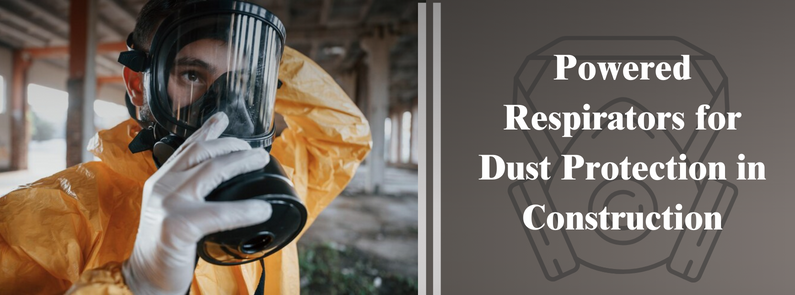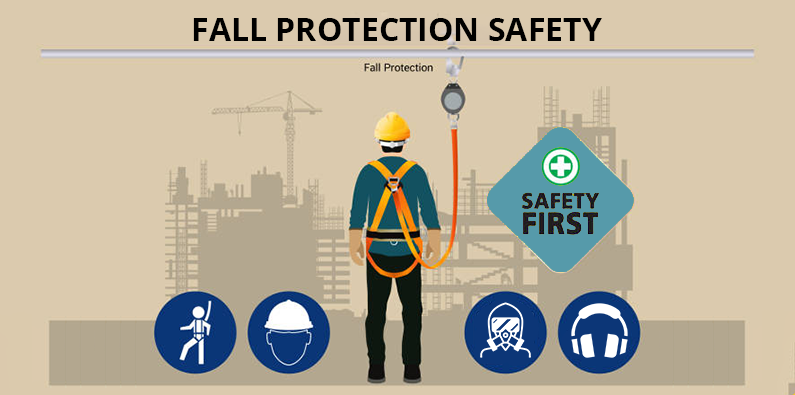
Warehouses are busy places, filled with hazardous equipment and space-consuming workstations. Fortunately, Industrial Hearing Protection can help in creating a safe environment. But things can quickly turn risky if the right measures aren't taken. The use of personal protective equipment is mandatory for any job that requires employees to work in a hazardous environment. The sheer number of situations and combinations of PPE available can make choosing the right PPE for a specific situation difficult. Here we will discuss the basics of choosing and implementing personal protective equipment practices that protect workers while extending the equipment's life.
Respiratory Protection
Ash, discarded matter, and dangerous chemicals present in an environment should be protected with respiratory protection. Employees may suffer permanent damage to their lungs if they are not safely guarded against such an atmosphere surrounding them. Therefore, employers must familiarize themselves with the respiratory protection standard set by OSHA - CFR 29 1910.34.
As a general rule, respirators can be divided into the following two categories:
- Air-Purifying Respirators (APRs) – Such respirators exhaust contaminants from the air they draw from the environment.
- Powered-Air Purifying Respirators (PAPRs) – Such devices use similar filtering methods to an APR, however, they are powered by a motor that helps the wearer to breathe through the purifiers.
- Supplied Air Respirators (SARs) – These respirators pull oxygen from a localized store to supply clean air.
- Self-Contained Breathing Apparatus (SCBA) – SCBAs work just like SAR devices, except that oxygen, is limited.
Air-Purifying Respirators function properly with either a cartridge that filters out exhausts and toxins or for that matter a special particulate filter to eliminate large debris. A brief overview of gases and vapors is as follows:
Volumes of volatile organic compounds-Hydrogen cyanide, ammonia, mercury, or any other noxious gas
The following solid or liquid particulates are larger than gases and vapors and require filtration:
- Dust of metals, organics, asbestos
- Smokes
- Mist
In order to determine whether an individual's respiratory needs to be fit tested, either a qualitative fit test (QLFT), which relies upon the wearer's sense of taste and smell, or a quantitative fit test (QNFT), which is performed by a machine. In order for these testing methods to be compliant, they must follow OSHA-approved protocols.
Many factors are there to focus on. The first step in selecting employees and protecting them from present health hazards is knowing all of their restraints and capabilities.
Hearing Protection
Working in a factory with constant noise can cause hearing damage to many people. Loud sounds degrade hearing over time, even if people do not realize it immediately. Thus, protect the ear from noise with PPE.
OSHA and its regulatory standard 29 CFR 1910.95 states the protective measures for employees. It defines the decibel level and duration in which employees are allowed to be exposed to safely is detailed in this mandatory standard. Employees are required to use noise dampening hearing protection once their occupational noise exposure limits have been reached.
Below you will find information on all kinds of ear protection wears available for the employees. In addition, it is important to remember that there is a difference in NRR for each of these three categories:
- Earplugs - Helps to prevent loud noises, earplugs provide a good deal of protection from loud noise.
- Earmuffs - Helps to cover the ear, these can significantly reduce noise when worn effectively.
Electronic Earmuffs
Just like earmuffs, this hearing protection device helps to stop noise from entering, although, it comes with an electronic microphone that collects voice signals and external noises, and plays those sounds into the ear to keep people from having to close their eyes. You won't have to worry about your system being damaged due to the low volume of the sounds.
When does a person need Personal Protective Equipment?
The safety of your employees is dependent on their knowledge when they must wear the protective equipment. It is therefore important for employees to wear protective gear during work, which is easier to remember. The majority of PPE is, however, only needed from time to time. Employees should always wear personal protective equipment (PPE) at worksites with safety hazards.
To keep workers safe, it is necessary to provide clear instructions about when they need to wear protective gear and when they can remove it. When new employees are being trained as well as when experienced workers are being retrained, they must be updated about these instances.
Take a look at OSHA's rules and regulations regarding personal protective equipment and Respiratory protection to know when employees need PPE. Both employers and employees can benefit greatly from the guidance provided by OSHA in this area.

